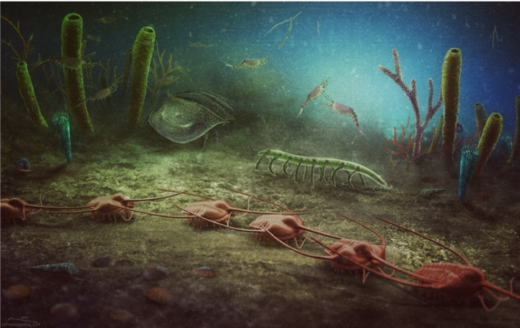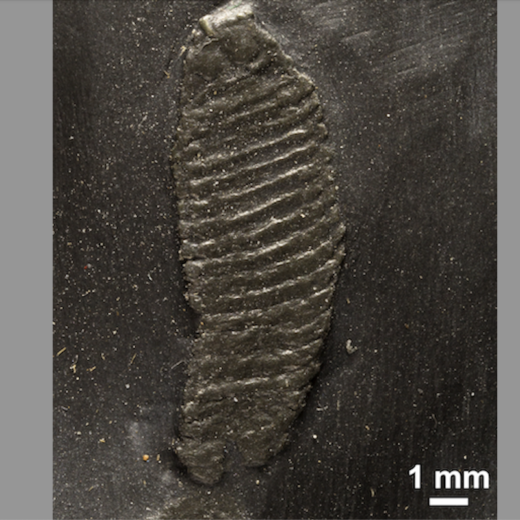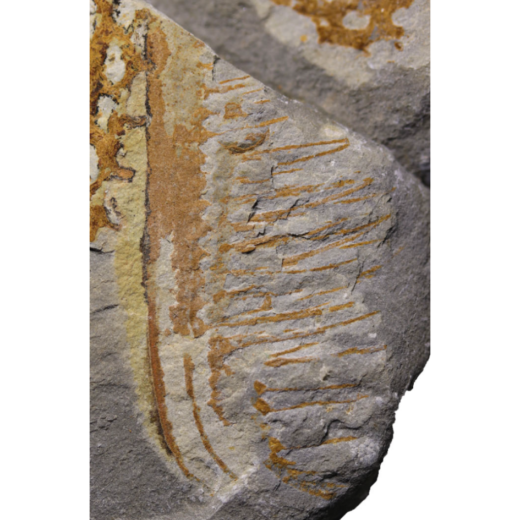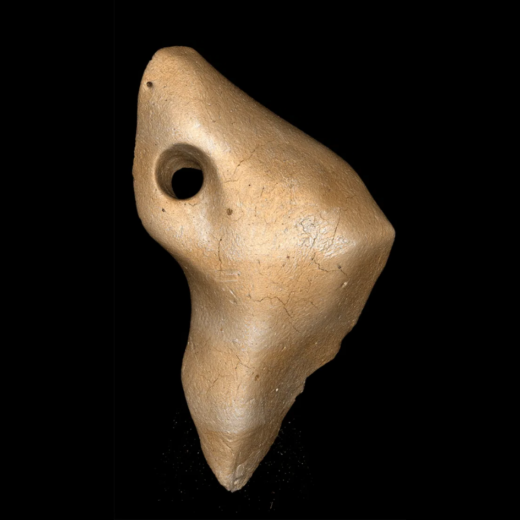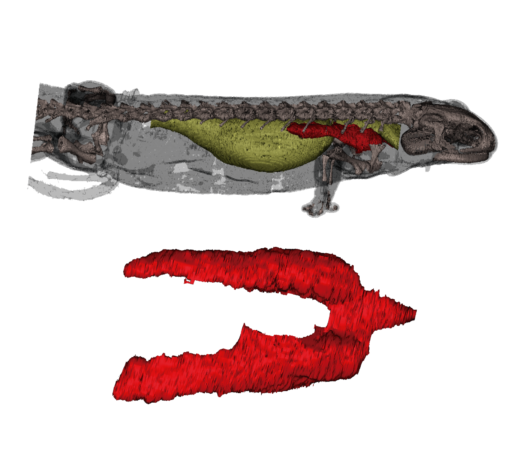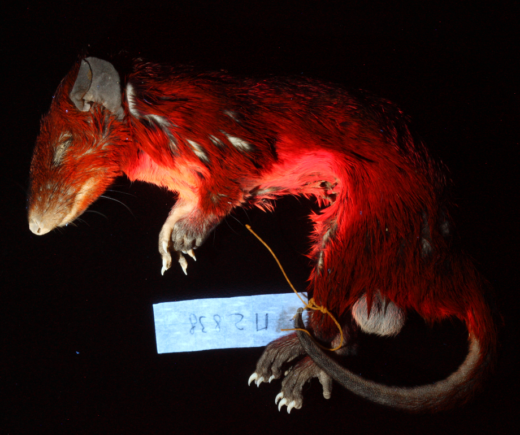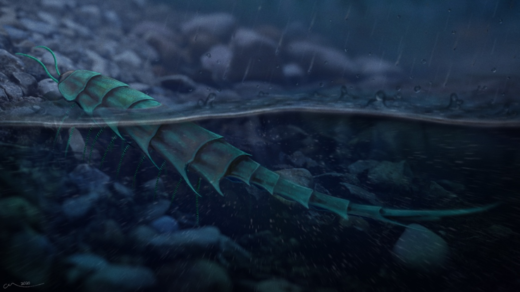Synziphosurine from Fezouata documents the early evolution of chelicerates
Modern scorpions, spiders and horseshoe crabs belong to the vast lineage of arthropods, which appeared on Earth nearly 540 million years ago. More precisely, they belong to a subphylum that includes organisms equipped with pincers used notably for biting, grasping […]


